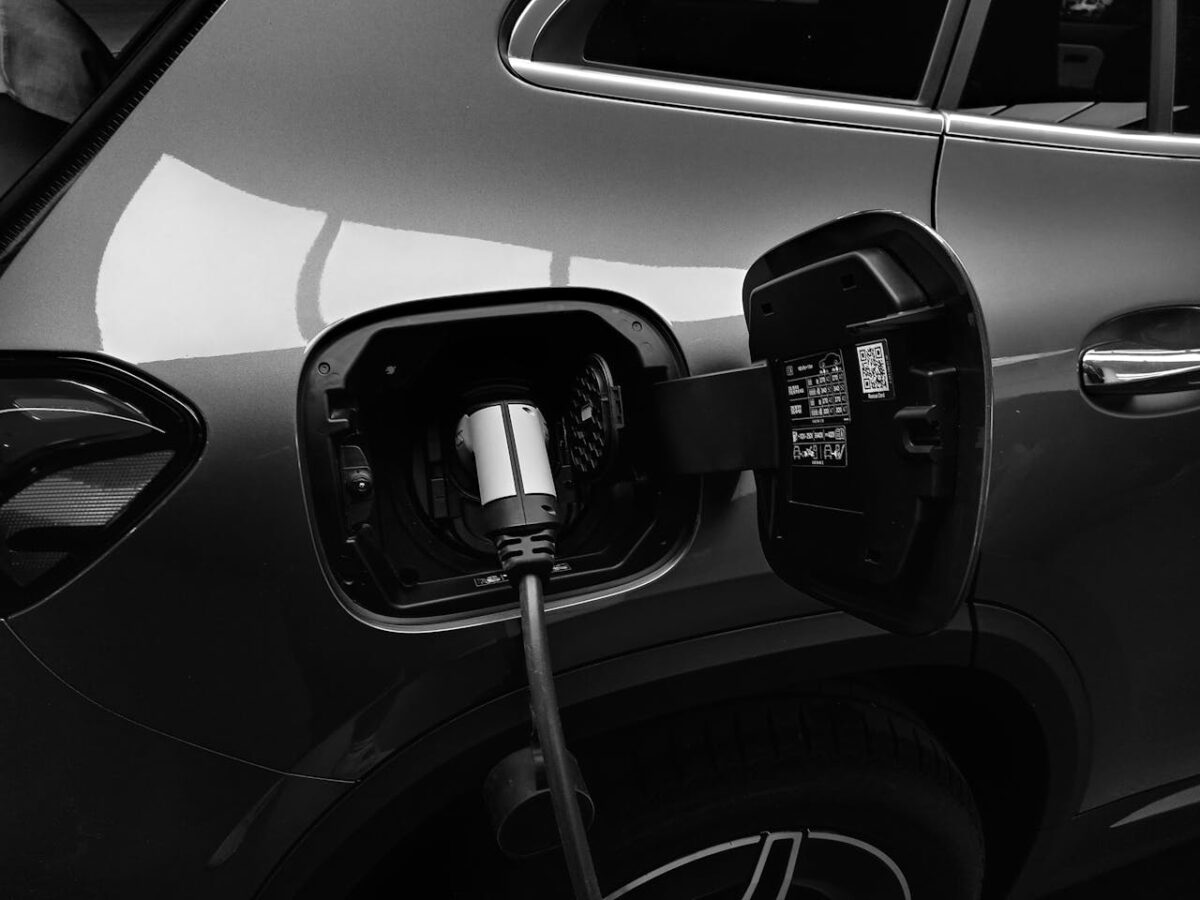Installing an electric vehicle charger at home is becoming increasingly common for Auckland residents as more Kiwis make the switch to electric vehicles. With the right preparation and professional assistance, you can have a reliable charging solution that meets your daily driving needs whilst ensuring your home’s electrical system remains safe and compliant with New Zealand standards.
Essential Steps for Safe EV Charger Installation
Assess Your Home’s Electrical Capacity
Before any installation work begins, you need to evaluate whether your home’s electrical system can handle the additional load of an EV charger. Most Auckland homes built before 2000 may require an upgrade to their main switchboard or electrical panel to accommodate the power requirements of modern EV chargers. A standard Level 2 home charger typically requires a 32-amp circuit on a 240-volt supply, which means your electrical panel must have sufficient spare capacity to handle this additional demand without overloading the system.
Your existing electrical service rating plays a crucial role in determining what type of charger you can install. Many older Auckland properties have 63-amp main switches, which might struggle to support a high-powered EV charger alongside your regular household appliances. In such cases, you may need to upgrade to a 100-amp or higher service, which involves coordination with your electricity provider and potentially Vector, Auckland’s main lines company.
Choose the Right Charger Type for Your Needs
Selecting an appropriate EV charger depends on your vehicle’s specifications, daily driving habits, and available electrical capacity. Tethered chargers come with a permanently attached cable and are convenient for single-vehicle households, whilst untethered units with Type 2 sockets offer more flexibility for households with multiple EVs or visitors who need charging. Smart chargers with WiFi connectivity allow you to schedule charging during off-peak hours, taking advantage of lower electricity rates that many Auckland power companies offer during night-time hours.
The charging speed you require will influence your choice between different power ratings. A 7.4kW single-phase charger suits most Auckland households and can fully charge a typical EV overnight, whilst 11kW or 22kW three-phase chargers provide faster charging but require three-phase power supply, which isn’t available in all residential areas. Consider future-proofing your installation by choosing a charger that can accommodate potential vehicle upgrades or additional EVs in your household.
Obtain Necessary Permits and Compliance Certificates
In Auckland, any electrical work involving the installation of an EV charger requires proper permits and must comply with the Electricity (Safety) Regulations 2010. You’ll need to engage a registered electrician who can issue an Electrical Certificate of Compliance (ECoC) upon completion of the work. This certificate is not just a formality; it’s a legal requirement that ensures your installation meets all safety standards and won’t void your home insurance.
Some installations may also require building consent from Auckland Council, particularly if you’re mounting the charger on a shared wall in a townhouse complex or if structural modifications are needed. Your electrician should handle the notification process with your electricity retailer and lines company, as they need to be informed about the additional load on the network. This notification helps Vector manage the local electricity grid and prevent overloading in areas with high EV adoption rates.
Safety Considerations During Installation
Proper Earthing and Circuit Protection
Earthing your EV charger correctly is fundamental to preventing electric shocks and ensuring safe operation. The installation must include a dedicated earth stake or connection to your home’s main earth, with resistance levels meeting New Zealand Standard AS/NZS 3000:2007. Your electrician will test the earth resistance to ensure it falls within acceptable limits, typically below 10 ohms for most residential installations.
Installing appropriate circuit protection devices is equally important for safety. This includes a Type A or Type B residual current device (RCD) specifically designed for EV charging applications, as standard Type AC RCDs may not detect all fault conditions that can occur with EV chargers. The circuit should also have a properly rated circuit breaker that matches the charger’s current rating, providing overcurrent protection and preventing damage to your home’s wiring.
Many modern EV chargers include built-in safety features such as ground fault detection and automatic shut-off capabilities. However, these don’t replace the need for proper external circuit protection. Your installation should incorporate multiple layers of safety protection, including surge protection devices to guard against voltage spikes that can occur during Auckland’s summer thunderstorms.
Weather Protection and Mounting Location
Auckland’s variable weather conditions, from intense summer sun to heavy winter rainfall, require careful consideration of your charger’s mounting location and weather protection. If installing outdoors, which is common for many Auckland homes with carports or driveways, ensure your chosen charger has an appropriate Ingress Protection (IP) rating of at least IP54 to withstand rain and dust. The mounting height should be between 1.2 and 1.5 metres from ground level, making it easily accessible whilst keeping it away from potential flood water during heavy downpours.
The charger should be positioned to minimise cable runs and trip hazards, with adequate clearance from windows, doors, and air conditioning units. Consider the path the charging cable will take to reach your vehicle’s charging port in different parking positions. Installing cable management systems or retractable cable holders can prevent damage to the cable and reduce wear from being dragged across concrete or gravel surfaces.
Important Factors to Consider Before Installation
Cost Implications and Budgeting
The total cost of installing an EV charger in Auckland typically ranges from $1,500 to $4,000, depending on various factors. Simple installations where your switchboard is close to the parking area and has adequate capacity might fall at the lower end of this range. However, if your installation requires a switchboard upgrade, trenching for underground cables, or three-phase power connection, costs can increase significantly. Some Auckland electricity retailers offer installation packages or rebates for EV charger installations, so it’s worth checking with your provider before proceeding.
Beyond the initial installation cost, consider the ongoing electricity expenses. With Auckland’s average electricity rate around 30 cents per kWh, charging a typical EV with a 60kWh battery from empty to full would cost approximately $18. Many Auckland households find that switching to a time-of-use electricity plan can reduce charging costs by up to 40% when charging overnight. Factor in these running costs when budgeting for your EV transition.
Future-Proofing Your Installation
Planning for future needs can save significant costs and disruption down the track. If you’re considering solar panels, ensure your EV charger installation includes provisions for future solar integration. Many smart chargers can be programmed to use excess solar generation, maximising the use of free renewable energy. Installing conduit and cabling rated for higher currents than your immediate needs allows for easy upgrades without major rewiring.
Consider installing a distribution board specifically for EV charging if you anticipate adding multiple chargers in the future. This approach is particularly relevant for Auckland families with teenage drivers who may need their own EVs in coming years. Pre-wiring for a second charging point during the initial installation costs far less than running a completely separate installation later.
Insurance and Warranty Considerations
Before installation begins, contact your home insurance provider to inform them about the EV charger addition. Most insurers in New Zealand will cover properly installed EV chargers under your existing home and contents policy, but some may require notification or adjust your premium slightly. Ensure your chosen charger comes with a comprehensive warranty, typically ranging from two to three years for residential units.
Keep all documentation related to your installation, including the Electrical Certificate of Compliance, product warranties, and installation invoices. These documents are essential for insurance claims and may be required if you sell your property. Some real estate agents in Auckland report that homes with properly installed EV chargers are attracting premium prices as more buyers factor in EV readiness when house hunting.


